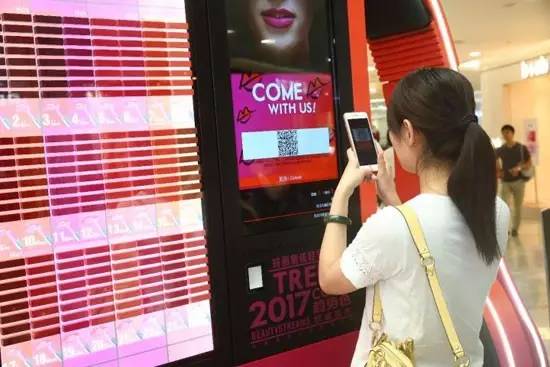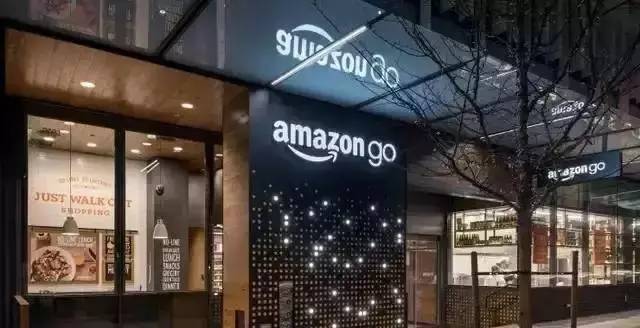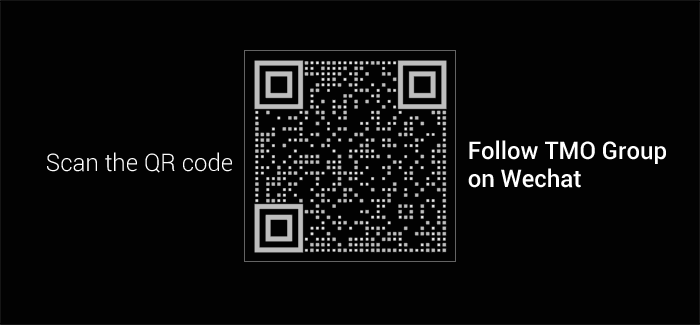New Retail in the era of eCommerce is the rearrangement of 'People', 'Product' and 'Place'.
In the <<2017 Insight of China eCommerce - People | Product | Place - 1/3Three insights that the eCommerce Managers are now talking in China. How to be the winner in the war of retail in the era of people-centric eCommerce?2017 Insight of China eCommerce – People | Product | Place – 1/3>>, we talked about the consumers. In the <<eCommerce Insights: What is a good product in the era of new retail?In China, someone summarizes 6 characteristics of good products in the eye of the 90s generation: good-looking, fun, useful, interesting, with love..eCommerce Insights: What is a good product in the era of new retail?>>, we reviewed some brand and product strategies in China.
Below, we will navigate to see where will be the final destination of new retail - talking about the 'Place'.
New Retail = Above the Line + Below the Line + Logistic
Many people regard new retail as online + offline + logistics. It is true that the potential of new retail can be released only if the ATL and BLT are connected. Consumers can then experience the seamless shopping environment and contribute again to the contracting offline store sales.
However, the brand should have a perfect understanding of the positioning of each of their channels i.e. the 'Place'. The shops on Amazon, T-mall and JD Mall act as traffic generators to provide continuous exposure and attract new customers. Official web stores and WeChat stores are perfect tools to enhance customer loyalty and to do fans management. Targeting and customer interaction can be realized on these platform without data controlled by the third-party platforms. Finally, the offline store is a perfect field to build a digitalized and O2O shopping environment. Data below the line can thus be tracked and traced again.
Above the Line:Multi-channels eCommerce
Ralph Lauren shut down its Fifth Avenue store in New York in April 2017. The company announced to execute its turnaround through a plan called the Way Forward Plan. While cutting down the cost structure and store expense, it put emphasis on the online channels to increase profitable sales growth. Through the cloud eCommerce solution, Ralph Lauren would develop a multi-channel retail platform including online retail store and third party eCommerce platform like the Amazon, T-mall and JD.
Ralph Lauren Official Website
The reason why the brand develops multiple eCommerce channels is simple - consumers are hidden and separated in different channels. No matter on PC or mobile devices, mobile app or WeChat store, or the other third party platforms, the brand needs to develop an Omni channel strategy to channelize consumers from different sources.
Below the Line: Digital + Intelligent Set Up
Fresh Supermarket is a successful pioneer to integrate offline and online business. In China, Alibaba developed HeMa Fresh Supermarket in 2016, in which there are an online app and offline store channels. Consumers can order the fresh food online and check-out to select home delivery service or in-store pick-up; or consumers can visit the offline store and check-out the goods via the app.
Fresh Supermarket eCommerce App
This trend of eCommerce is associated with social characteristic, localization and mobility, leading the development of the online-to-offline business.
What's more! A more interesting example about the digitalization of offline store comes to the automatic vending kiosk.
Case 1: automatic lipstick vending machine
Last month, Mariedalgar launched an automatic lipstick vending machine in Hangzhou. Sales broke the record - selling 1,600 pieces of lipstick within 3 days. The consumer could follow the Mariedelgar T-mall shop and paid RMB5 for a lipstick tester. This kind of fun and self-served vending machine attracted younger generations. Low-cost tester attracted re-purchase and social referral and spreading.
Mariedalgar Lipstick Vending Kiosk
This operation connects the online platform with the offline shopping scene. The brand can trace the customer identity and membership details. This O2O operation allows the brand to perform continuous target marketing and customer engagement. The brand can acquire offline data which is lost originally in the scene of the traditional offline retail store. This is favorable for the big data analysis afterward.
Case 2: UNIQLO in-store kiosk
In July 2017, UNIQLO has already set up over 100 in-store smart sales kiosk, realizing the closed cycle of interaction, transaction, logistic and tracing.

The smart kiosk will invite the consumer nearby proactively for interaction. The kiosk will recommend 'New Arrival', 'Promotion', 'Fashion and Trendy' or 'Interactive' to users. The kiosk will collect all the customer UI road map and analyze the data and feedback to the operation team. After the in-store trial, UNIQLO found that the interaction of smart kiosk is better than the advertisement channels and the conversion is generally enhanced by 15%.
What will happen if this automation and intelligence be extended to the whole shopping environment? What will be the future of 'New Retail'?
Case 3: Amazon Go
The store, called Amazon Go, doesn't work like a typical Walmart or supermarket — instead, it's designed for shoppers to use an app, also called Amazon Go, to add the products they plan to buy to a digital shopping cart. They can then walk out of the building without waiting in a checkout line.
Case 4: Alibaba Tao Cafe
Before you enter the Tao Cafe, you need to register with your Alipay QR code and gain the access. The consumption in-store will be automatically deducted from the user's Alipay when the consumer is leaving the store through the payment gateway.
Conclusion
The pain point of the traditional retail is high venue rental and labour cost. If the integration of O2O technology (enhance customer experience), logistic and warehouse management (lower storage cost) and AI automation (lower labour cost) can help improve operation efficiency, the digitalization and intelligence of retail will have its own future imagination. However, we cannot ignore the key factor affecting the integration and development of the traditional retail with the online mobile commerce, which will still be the basic elements when we learn about business - 'People', 'Product' and 'Place'.
Related Readings:
-
2017 Insight of China eCommerce - People | Product | Place - 1/3Three insights that the eCommerce Managers are now talking in China. How to be the winner in the war of retail in the era of people-centric eCommerce?3Ps of China eCommerce and New Retail You Must Know - People
-
eCommerce Insights: What is a good product in the era of new retail?In China, someone summarizes 6 characteristics of good products in the eye of the 90s generation: good-looking, fun, useful, interesting, with love..3Ps of China eCommerce and New Retail You Must Know - Product













